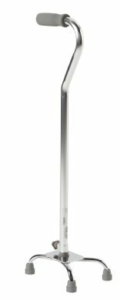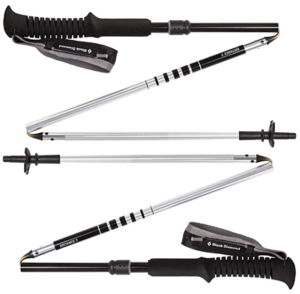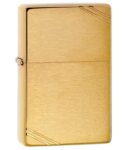You built up your experience with local hikes, and now you’re ready to take the next step by traveling to a bucket list hiking destination. As you begin checking off things from your packing list, you look at your trekking poles with a puzzled look.
“Am I allowed to bring this in my carry-on bag?” you mutter to yourself. Have no fear, for we did the research for you! Today, we dig into what you need to know if you want to travel with a trekking/hiking poles on your next flight.
Support for this site comes from our readers, and this post contains affiliate links. Consider using the affiliate links below to help the StandbyWithMe team continue creating useful content for travelers like you.
Can I bring trekking poles on a plane?
Let’s cut straight to the chase: the Transportation Security Administration (better known as TSA) strictly forbids hiking poles from being packed in your carry-on luggage.
The good news is that the restriction is limited to your carry-on bag; TSA has no issues with you packing your poles in your checked bag. So long as your poles can fit in your checked luggage, you will have no issues getting them on a plane to your final destination.
Why doesn’t the TSA allow hiking poles in your carry-on bag?
So why doesn’t the TSA allow passengers to pack hiking poles in their carry-on suitcase? Put simply, the TSA views trekking poles as a potential weapon & therefore a security threat in the cabin of an aircraft. This ban extends to all types of trekking poles (including poles with rubber feet).
It is the same reason why all tools longer than 7 inches are prohibited from being packed in your carry-on luggage as well. Larger objects like mallets & trekking poles can be wielded like a bludgeon, so TSA decided that they shouldn’t be available to passengers in the cabin.
That said, there are examples on the internet of travelers who were able to get their trekking poles through TSA in their carry-on luggage. Ultimately, it is up the TSA agent to decide what can pass through their checkpoint. You may get lucky, but I wouldn’t ever count on being able to bring trekking poles in your carry-on bag.
Are any other types of poles allowed through TSA security checkpoints?
The TSA does make one exception to this rule: passengers may take a walking cane onboard an airplane if required for mobility assistance. Travelers who need a a walking aid should have no problem getting it through airport security. If you do bring a cane through a TSA security checkpoint, expect it to be thoroughly inspected by an agent.

Again, it is the TSA agent’s discretion to allow or deny you to bring your cane.
Which trekking poles should I pack?
There are hundreds of options on the market so picking the right trekking poles can be hard. At the end of the days, trekking poles are simple tools. There are three major things to take into consideration:
- Portability: most trekking poles have adjustable lengths that make them easy to pack in your checked luggage (the popular Fizan Compact Model collapses to less than 24″), but those who want a fixed-length pole can find foldable options like Black Diamond’s Z poles
- Grip Material: the most common grip materials are cork, EVA, rubber, and foam
- Shaft Material: Metal poles (like these budget-friendly CMT aluminum poles) are more economical & less prone to breaking, but composite/carbon poles (like CMT’s carbon version) are popular for their lighter weight
Final Thoughts
A well-informed traveler is a prepared traveler. Knowing that trekking poles aren’t allowed in your carry-on will help you pack smarter & avoid delays at the airport.
Unless you have a medical requirement to travel with a cane or walking stick, you should always pack your trekking poles in your checked luggage & avoid the trouble of trying to get it past the TSA security checkpoint.
Depending on where you are traveling, you can also consider renting poles at your destination instead of bringing along your own. This is a great option for those who rarely use poles & don’t want to purchase their own.
I hope this helps answer your questions about traveling with hiking poles, and I wish you a safe journey wherever you hike next!







Pingback: Can I Take Hiking Sticks on a Plane? – Tryout Nature